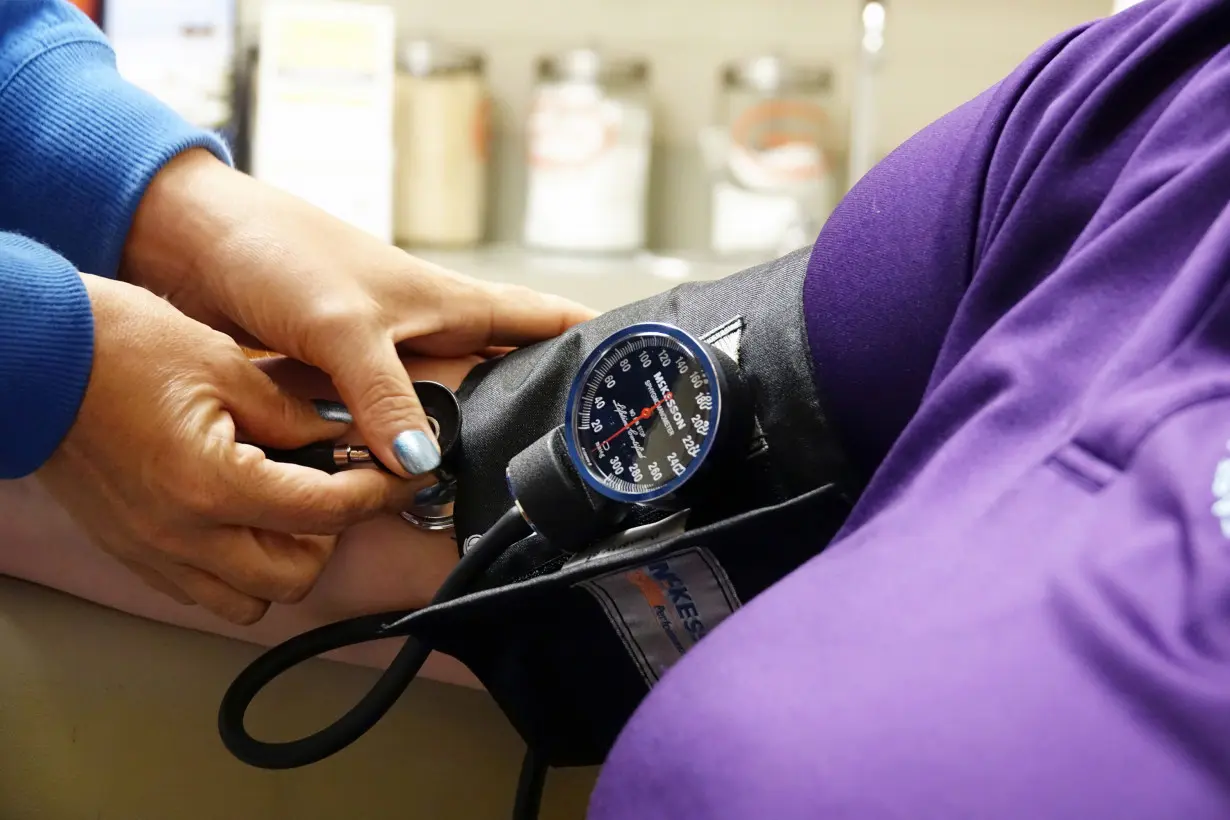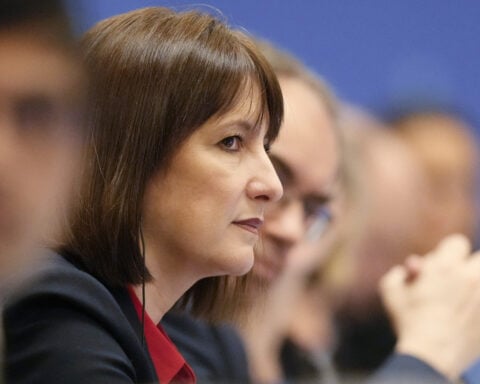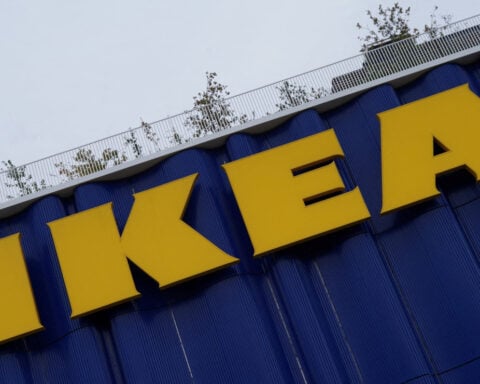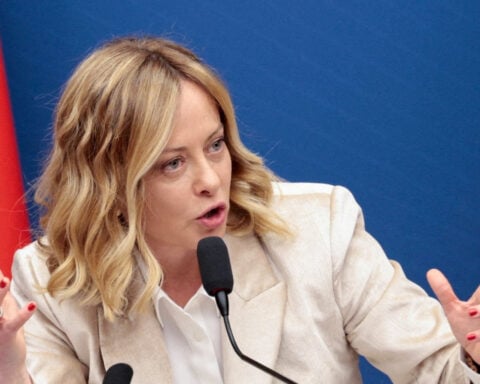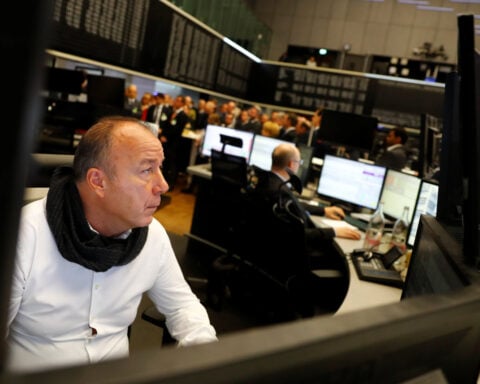By Ahmed Aboulenein
WASHINGTON (Reuters) - Healthcare spending in the U.S. is projected to have risen 7.5% in 2023 to $4.8 trillion, federal data showed on Wednesday, outpacing the projected annual gross domestic product growth rate of 6.1%.
Spending on Medicaid and private health insurance drove the growth, with the insured share of the population surging to a historic high of 93%, data from the U.S. Centers for Medicare and Medicaid Services (CMS) showed.
The number of insured individuals largely grew due to record high enrollment in Medicaid, with 91.2 million people being covered under the federal and state health program for the poor in 2023.
Medicare spending is projected to have grown by 8.4% to over 1 trillion and the Medicaid by 5.7% to $852 billion. Spending on private health insurance is projected to have grown by 1.1% to $1.4 trillion.
The estimated healthcare spending per person in the U.S. stood at about $14,423 in 2023 and $15,074 in 2024.
National health spending is expected to grow by 5.2% in 2024, though Medicaid enrollment is set to decline by 11.2% when over 10 million people lose coverage now that pandemic response measures guaranteeing continuous enrollment have expired. An estimated further 2 million will lose coverage in 2025.
Spending is set to grow an average of 5.6% a year between 2023 and 2032, outpacing the projected annual gross domestic product growth rate of 4.3% during the same period.
The rise will lead to an increase in the health spending share of growth domestic product to 19.7% by 2032 from 17.3% in 2022, the data showed.
Spending in the Medicare program for people over the age of 65 and the disabled is set to initially grow during the coming decade partially due to measures in President Joe Biden's signature Inflation Reduction Act which among other provisions introduced a $2,000 annual cap on out-of-pocket spending.
It will gradually fall over the following years when the effects of other provisions kick in, such as drug prices negotiated by Medicare with pharmaceutical companies that are set to apply starting 2026, and the tying of drug price increases to inflation which already started in 2023.
(Reporting by Ahmed Aboulenein; Editing by David Gregorio)

 Germany's economy shrank for the second consecutive year in 2024
Germany's economy shrank for the second consecutive year in 2024
 Italy, Albania, UAE sign deal for energy subsea interconnection
Italy, Albania, UAE sign deal for energy subsea interconnection
 European shares advance as bond yields ease; soft inflation powers UK stocks
European shares advance as bond yields ease; soft inflation powers UK stocks
 Bayern Munich signs US youngster Bajung Darboe from LAFC
Bayern Munich signs US youngster Bajung Darboe from LAFC
 Novak Djokovic breaks a tie with Roger Federer for the most Grand Slam matches in tennis history
Novak Djokovic breaks a tie with Roger Federer for the most Grand Slam matches in tennis history
 China's RedNote: what you need to know about the app TikTok users are flocking to
China's RedNote: what you need to know about the app TikTok users are flocking to
